
In terms of principles, Shaolin monks maintain a frugal life, close to nature, suitable for martial arts training - Photo: ARTISAN
Shaolin Temple ahead of its time
"Meditation first, practice later" has always been the motto of Shaolin Temple, ever since Bodhidharma transmitted Zen and martial arts to the temple, 30 years after the ancient temple was founded during the Northern Wei Dynasty.
The image of Bodhidharma sitting facing a cliff for 9 years to practice and attain enlightenment is also a symbol of the Zen and martial arts elements of hundreds of generations of Shaolin monks.
And today, contemporary sports experts realize that the key principles of Zen and martial arts that Shaolin Temple always promoted were actually ahead of their time.
From the spread of yoga, meditation, to the mindful running movement, or the mind-purification and mental health training methods of today's elite athletes, they all have the same origin: Zen.

Shaolin Kung Fu has been revered for a reason - Photo: ARTISAN
Bodhidharma is the founder of Zen - Martial Arts, and can also be considered the first person to combine elements of meditation and physical training together.
Today's scientists have conducted many studies on the development history of Shaolin Temple, and have given explanations as to why this ancient temple has surpassed all other traditional Chinese martial arts schools to become the "Northern Dipper" in mainland martial arts culture.
Professor Peter Lorge, author of Chinese Martial Arts: From Antiquity to the Twenty-First Century explains:
"It is the religious identity that makes Shaolin different from many purely folk martial arts. Martial arts training is not only for fighting but also for "self-reflection". The concept of "meditation in every movement" makes Shaolin's martial arts have spiritual value, not just a method of fighting".
Over the centuries, this philosophy continued to be cultivated. Forms such as Liuhe Quan, Luohan Quan, and later internal energy methods all emphasize breathing, regularity, and the ability to transition from stillness to movement without interruption.
In other words, students are trained in mindfulness right in the midst of vigorous movement. This essence makes Shaolin sustainable despite historical ups and downs, wars or political turmoil.
In line with modern sports thinking
Interestingly, moving into the 21st century, the Zen-Martial philosophy has shown surprising relevance to contemporary health trends. As yoga, mindfulness meditation, and other mind-body practices have become popular worldwide, people are looking back at Shaolin and seeing similar principles that were applied hundreds of years ago.
This connection is often mentioned by Western sports health experts today.
Dr. Jon Kabat-Zinn—who introduced the concept of “mindfulness” into modern medicine—commented in Full Catastrophe Living (Delta Press, 1990) that meditation's mental training makes physical activity more effective, in a way that “cannot be explained by numbers.”
Compared to yoga, Zen - Martial Arts has a different form: yoga focuses on stretching, balance and slow breathing, while Zen - Martial Arts puts meditation into strong, fast and antagonistic movements.
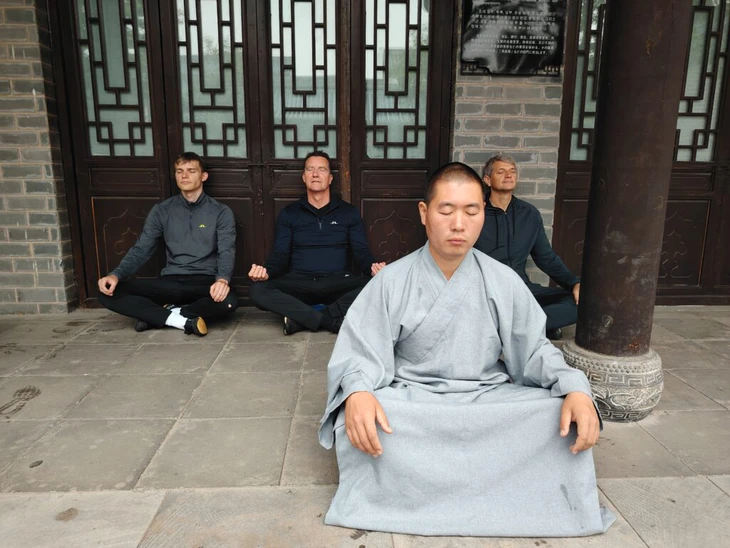
Many foreign tourists have asked Shaolin monks for advice on meditation - Photo: XHN
However, both aim to re-establish the unity between body and mind. Abdominal breathing, concentration on the body's center (dan tian in Shaolin, muladhara or manipura in yoga), and clear mind - bring absolute mental health to the practitioner.
It should be made clear that the "meditation" of Shaolin monks is not simply sitting in meditation, or even asceticism facing the wall like Bodhidharma.
Shaolin Zen comes from the monks' way of life, with the principle of self-sufficiency in all farming and field work.
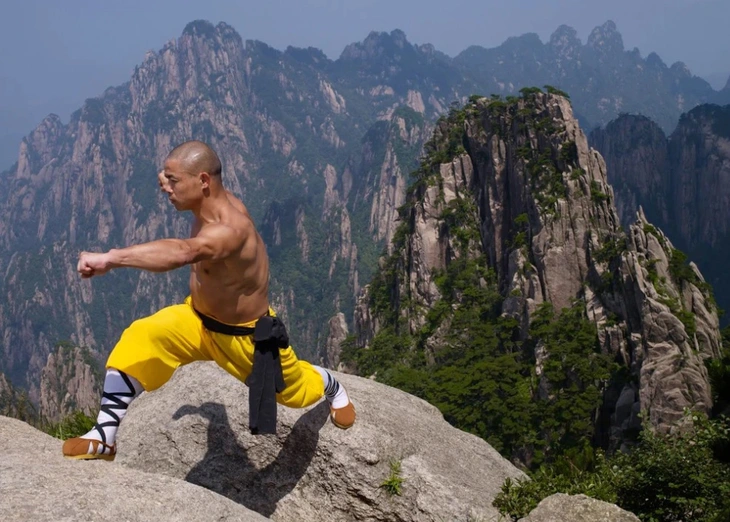
Majestic landscape of Tung Son - Photo: ARTISAN
The temple is located on Tung Son mountain, known as "Bien Lac, the two capitals, the famous mountain inside", with majestic mountains, dangerous roads, but full of nature and fresh air.
It is in such a place that the Zen - Martial Arts principles of Shaolin monks become extremely suitable, helping them more easily cultivate their skills and train their bodies.
In comparison, today's sports activities of mountain climbing, hiking, and trekking are essentially to create similar training conditions, in order to keep the mind and spirit calm and clear.
It can be seen that the Zen - Martial Arts principles of Shaolin Temple have helped the temple stay ahead of its time by thousands of years, explaining why they have remained steadfast through many generations, dynasties, through storms, and debates in today's professional martial arts world.
Source: https://tuoitre.vn/thien-vo-yeu-chi-giup-thieu-lam-tu-truong-ton-bat-diet-20251118194923088.htm










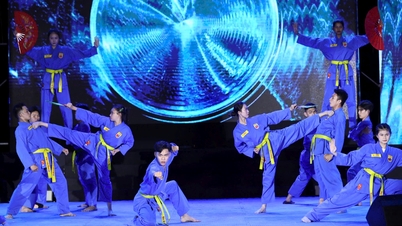

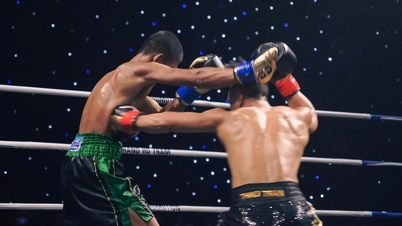
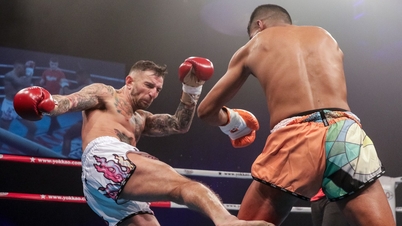































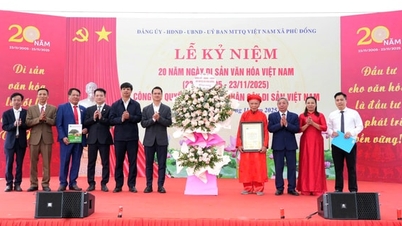



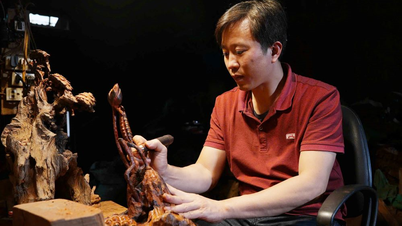


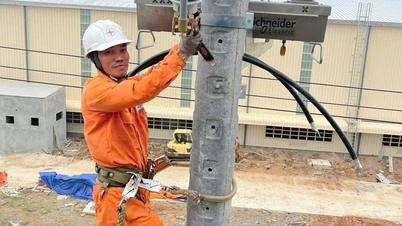




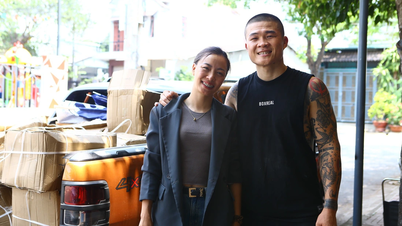


















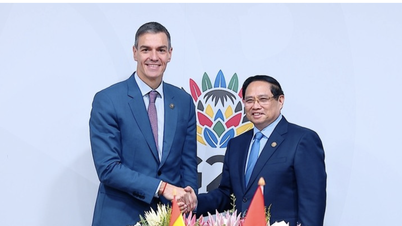



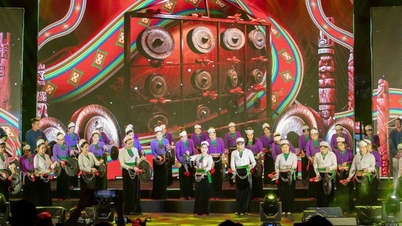






























Comment (0)